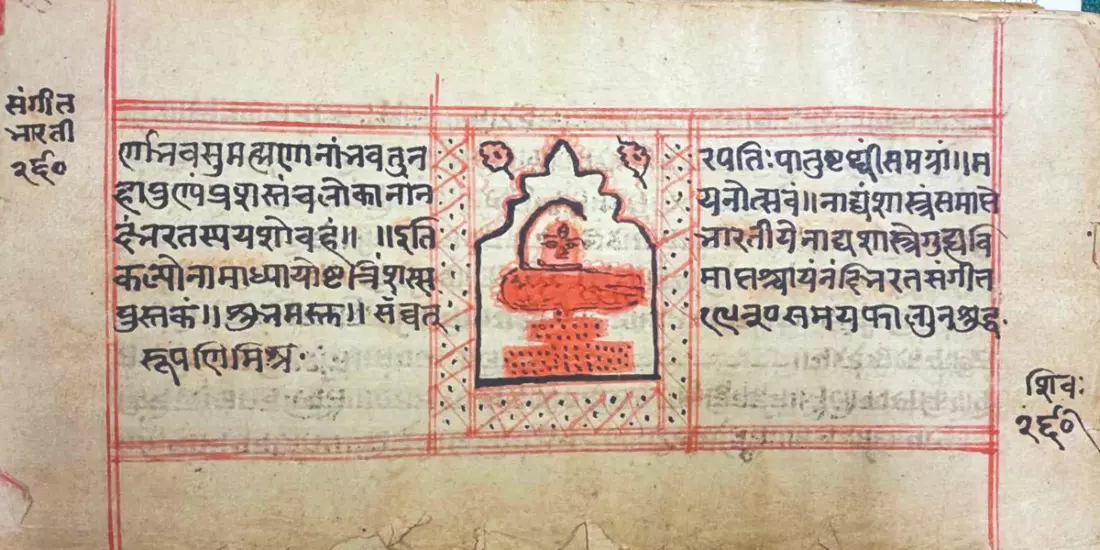
New Delhi, April 18 -- UNESCO has inscribed 74 new documentary heritage collections to its prestigious Memory of the World Register, including two ancient Indian manuscripts of profound cultural significance - the Bhagavad Gita and Bharat Muni's Natyashastra.
The announcement came on World Heritage Day, April 18, as part of a diverse array of new additions from 72 countries and four international organisations, bringing the register's total to 570 inscribed collections.
Prime Minister Narendra Modi celebrated the recognition on social media, calling it "a proud moment for every Indian across the world."
"The inclusion of the Gita and Natyashastra in UNESCO's Memory of the World Register is a global recognition of our timeless wisdom and rich culture. The Gita and Natyashastra have nurtured civilisation and consciousness for centuries. Their insights continue to inspire the world," Modi wrote on X.
The Natyashastra, preserved at the Bhandarkar Oriental Research Institute and codified around the 2nd century BC, is described by UNESCO as "an epitome of the Natyaveda, an oral body of knowledge of performing art containing 36,000 verses known as the Gandharvaveda."
UNESCO's citation notes Bharat Muni's "groundbreaking statement in Natyashastra, asserting that 'no meaning can blossom forth without rasa', a profound contribution to world literature." The text provides comprehensive rules defining various aspects of Indian theatre, poetics, aesthetics, dance, and music.
The Bhagavad Gita manuscript collection, containing 700 verses across 18 chapters, is embedded within the Bhismaparva section of the Mahabharata epic. UNESCO describes it as "a dialogue between Krishna and Arjuna with armies lined up for the great war intended to free Arjuna of dejection (visada)."
"Due to its philosophical breadth and depth, the Bhagavadgita has been read for centuries across the globe and translated into many languages," the citation states, noting how it synthesises various thought movements, including Vedic, Buddhist, Jain, and Carvaka.
Union Culture Minister Gajendra Singh Shekhawat called this "a historic moment for Bharat's civilisational heritage" that celebrates India's "eternal wisdom and artistic genius." With these additions, India now has 14 inscriptions on the international register.
The new inscriptions span diverse categories, with fourteen pertaining to scientific documentary heritage.
Notable collections include Ithaf Al-Mahbub from Egypt documenting Arab contributions to astronomy, and archives of influential figures like Charles Darwin, Friedrich Nietzsche, and Wilhelm Conrad Roentgen, whose collection contains the first recorded X-ray photographs.
Several collections document key moments in international cooperation, including the Geneva Conventions (1864-1949), the Universal Declaration of Human Rights, and the 1991 Windhoek Declaration on press freedom.
UNESCO Director-General Audrey Azoulay highlighted the importance of preserving documentary heritage: "Documentary heritage is an essential yet fragile element of the memory of the world. This is why UNESCO invests in safeguarding... shares best practices and maintains this register that records the broadest threads of human history."
India's Permanent Delegation to UNESCO acknowledged the inscriptions and expressed gratitude to the organisation for recognising these ancient texts that have shaped Indian philosophical and artistic traditions for centuries.
Published by HT Digital Content Services with permission from Millennium Post.
